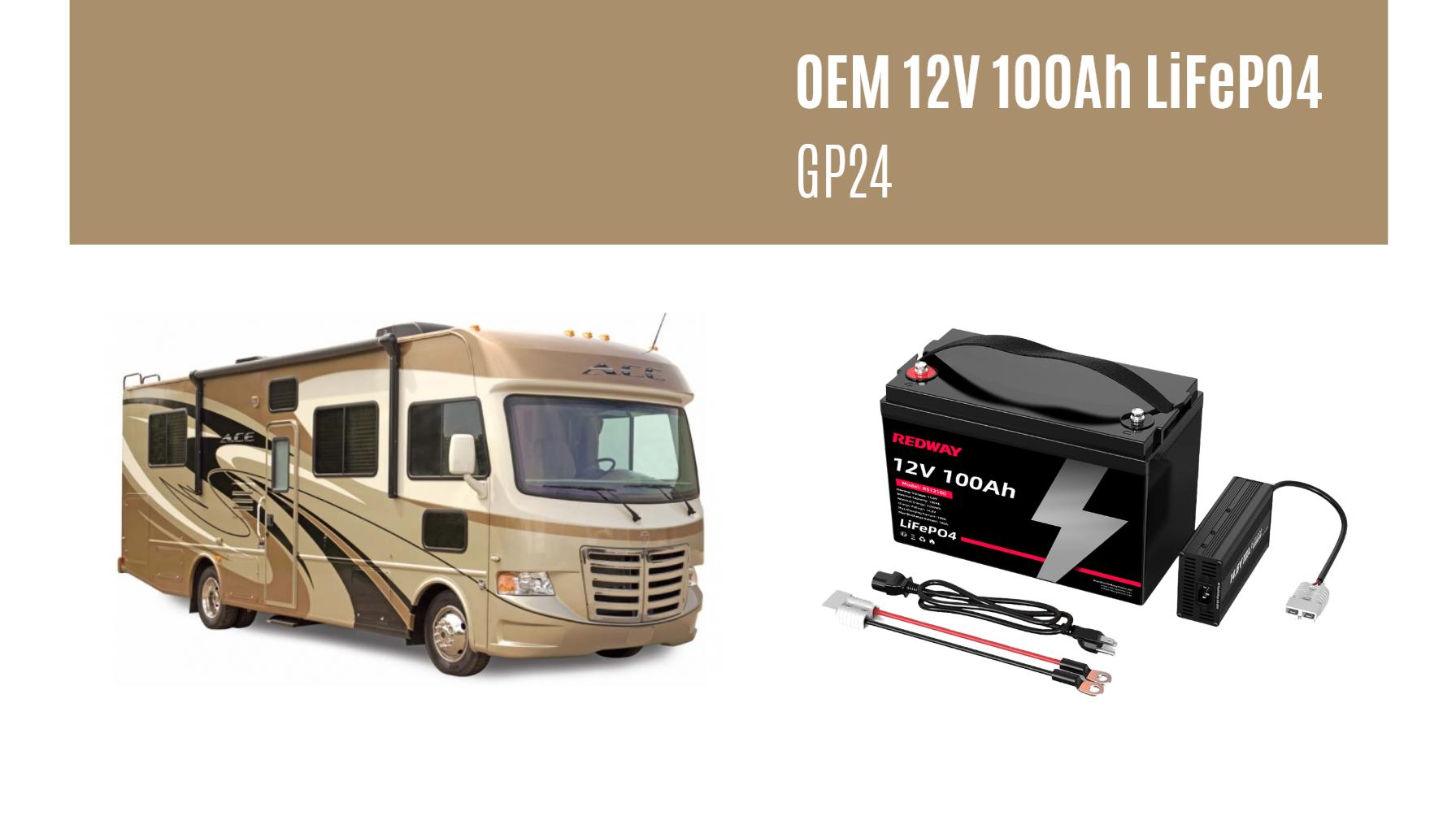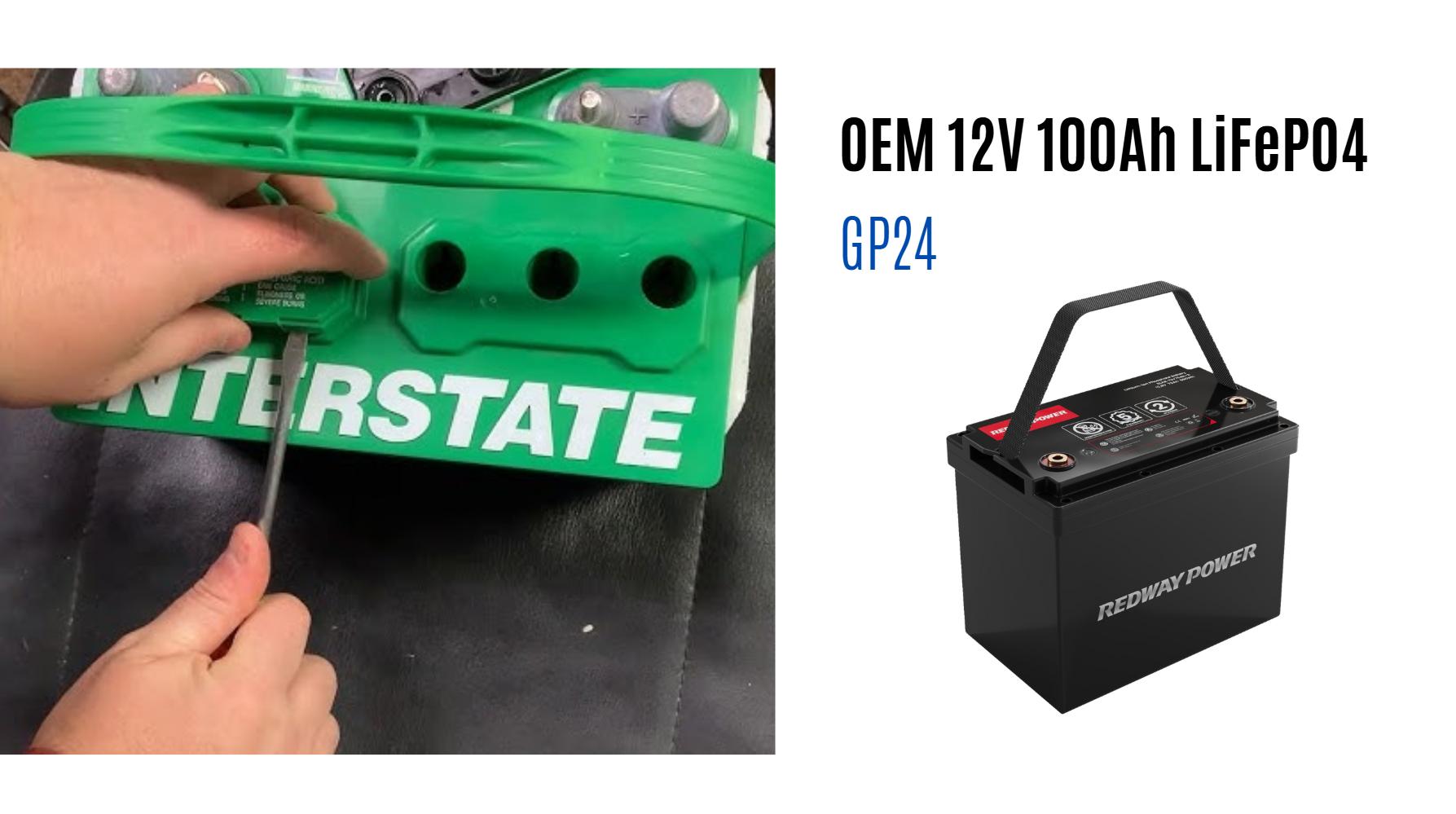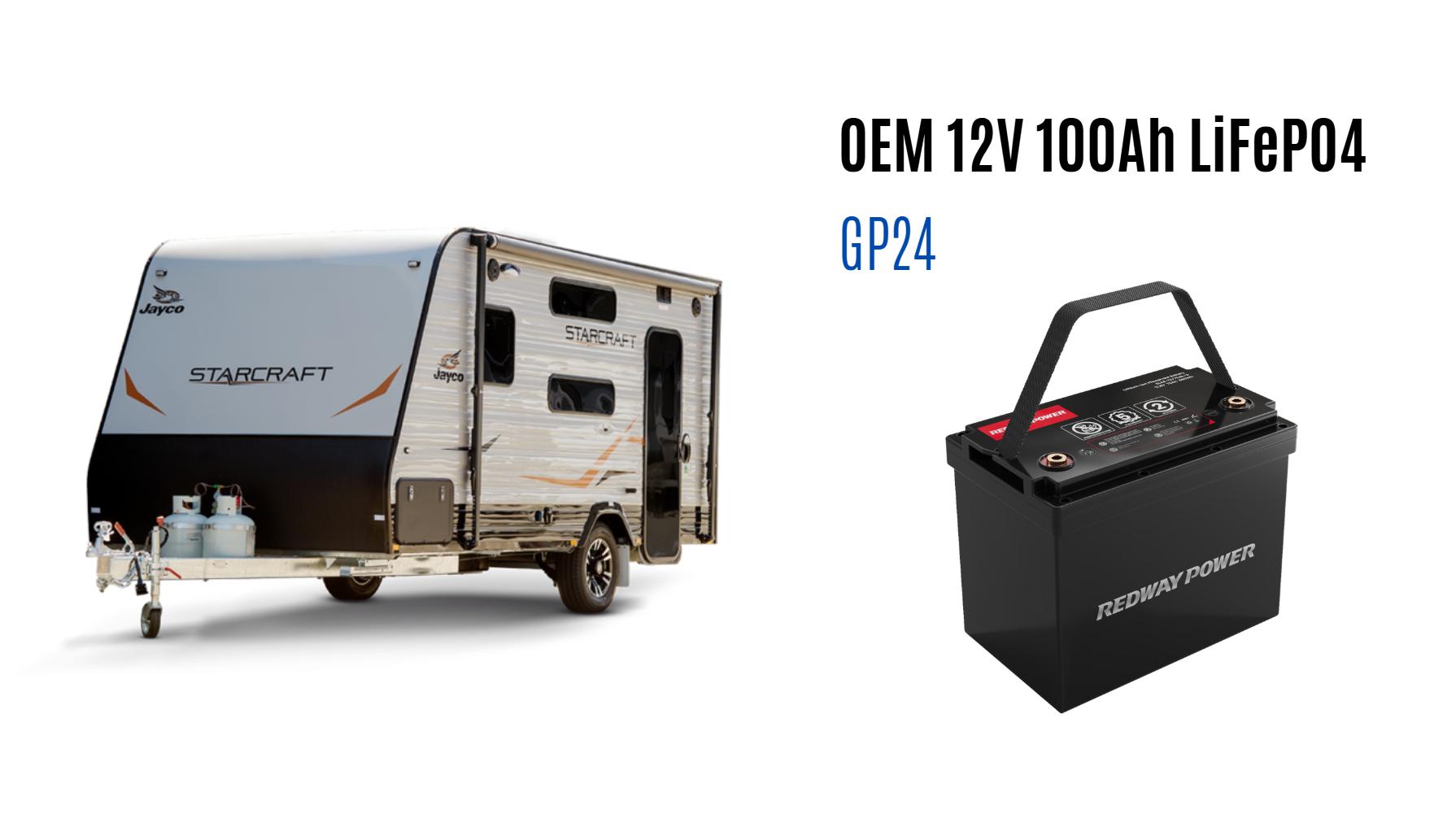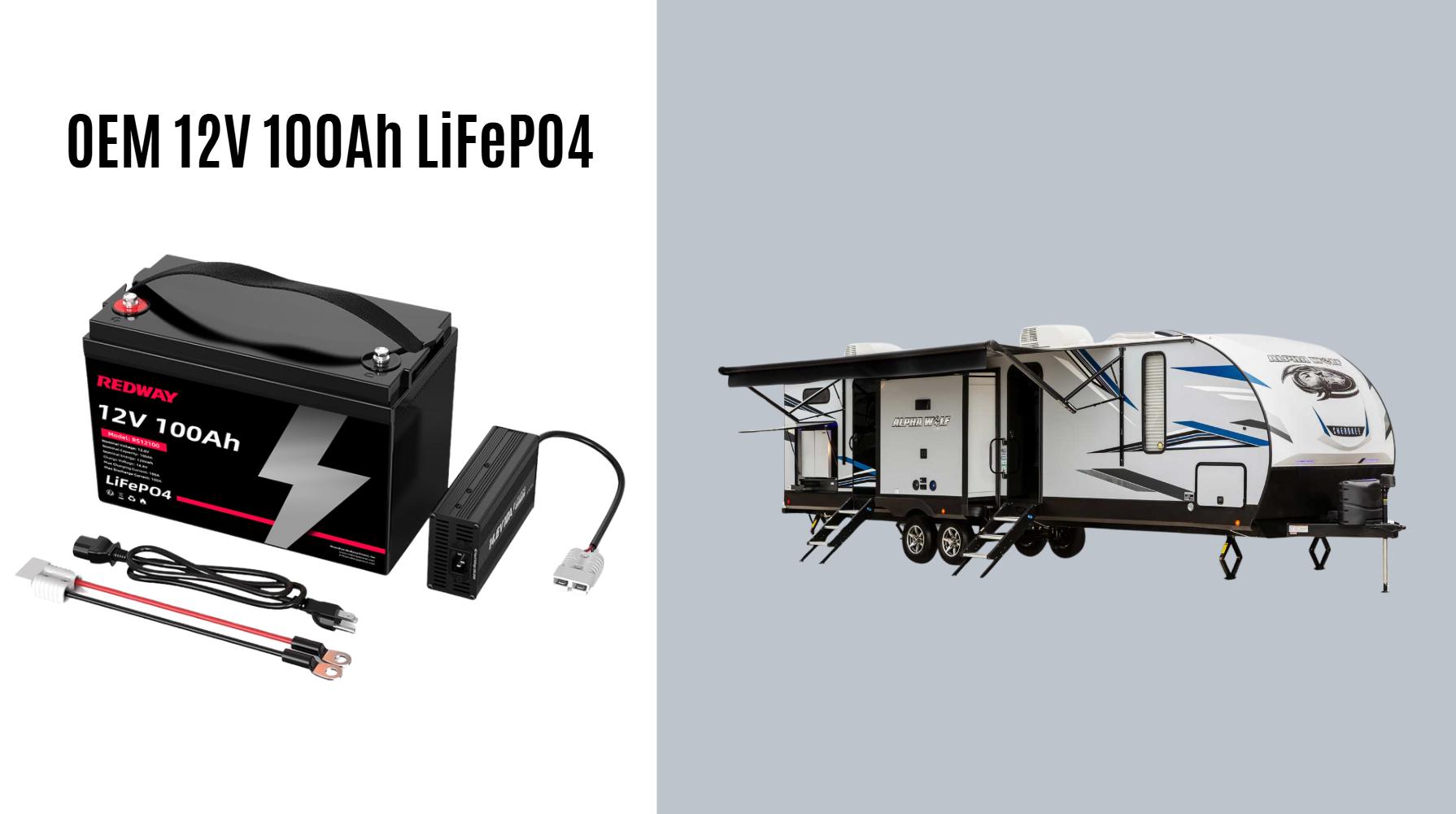What Are the Essential Battery Maintenance Tips for Newmar RV Owners?
Newmar RV owners should prioritize regular battery inspections, proper charging practices, and seasonal storage protocols to extend battery lifespan. Key steps include checking voltage levels monthly, avoiding deep discharges, using temperature-appropriate chargers, and disconnecting batteries during long storage. AGM and lithium-ion batteries require distinct care—consult your owner’s manual for model-specific guidelines.
What Types of Batteries Are Used in Newmar RVs and How to Maintain Them?
Newmar RVs typically use AGM (Absorbent Glass Mat) or lithium-ion batteries. AGM batteries require monthly voltage checks (12.6–12.8V when fully charged) and terminal cleaning to prevent corrosion. Lithium-ion batteries need balancing every 3–6 months via a dedicated BMS (Battery Management System). Both types benefit from avoiding discharges below 50% capacity to prevent sulfation or cell degradation.
How Should You Charge Newmar RV Batteries Correctly?
Use a smart charger with temperature compensation for AGM batteries, setting it to 14.4–14.6V absorption mode. Lithium batteries require a constant current/constant voltage charger (14.2–14.6V). Never charge frozen batteries, and disconnect them when the RV is plugged in for extended periods to prevent overcharging. Charging frequency should align with usage—every 2 weeks during storage.
For optimal charging, consider using a multistage charger that adjusts voltage based on battery state. AGM batteries perform best with a bulk/absorption/float cycle, while lithium-ion units require precise voltage cutoffs. Many owners find success with programmable chargers like the Victron Blue Smart IP65, which offers preset profiles for different battery chemistries. Always verify charger compatibility—using a lead-acid charger on lithium batteries can cause permanent damage to the cells.
| Battery Type | Charging Voltage | Temperature Compensation |
|---|---|---|
| AGM | 14.4–14.6V | 0.003V/°C |
| Lithium-Ion | 14.2–14.6V | Not required |
How Do Temperature Extremes Affect Newmar RV Batteries?
Cold (below 32°F) reduces AGM capacity by 20–40%; use insulation blankets or heated compartments. Heat (above 95°F) accelerates lithium-ion degradation—install reflective covers or auxiliary fans. In both cases, adjust charging voltages: +0.3V in cold, -0.3V in heat. Avoid rapid temperature swings, which cause condensation and internal shorts.
Extreme temperatures impact not just performance but also safety. In freezing conditions, electrolyte in lead-acid batteries can freeze if discharge levels exceed 50%, causing permanent plate damage. For lithium batteries, temperatures below -4°F may trigger BMS shutdowns. Consider installing thermal management systems like Truma’s Eco-i series, which maintains optimal battery temperatures during storage. During summer, monitor battery compartments with wireless temperature sensors—anything above 113°F demands immediate cooling action.
| Condition | AGM Impact | Lithium Impact |
|---|---|---|
| Below 32°F | Capacity loss | BMS shutdown |
| Above 95°F | Corrosion risk | Cell degradation |
Expert Views
“Newmar’s electrical systems are optimized for AGM batteries, but we’re seeing 68% of owners switch to lithium for boondocking,” says Redway’s lead engineer, James Falkner. “Critical tip: Retrofit a voltage-sensitive relay to prevent alternator burnout. Lithium’s low internal resistance can overwhelm stock charging circuits—always consult a certified technician before upgrading.”
FAQs
- Q: How often should I water my Newmar RV batteries?
- A: Only flooded lead-acid batteries require watering (every 4–6 weeks). Newmar’s AGM and lithium batteries are sealed and maintenance-free.
- Q: Can solar panels overcharge Newmar batteries?
- A: Not with a proper charge controller. Set PWM controllers to 14.7V absorption for AGM; MPPT controllers for lithium should limit to 14.4V.
- Q: What’s the warranty period for Newmar OEM batteries?
- A: AGM batteries typically have 2–3 year warranties; lithium batteries 5–10 years. Pro-rated coverage requires proof of proper maintenance records.





